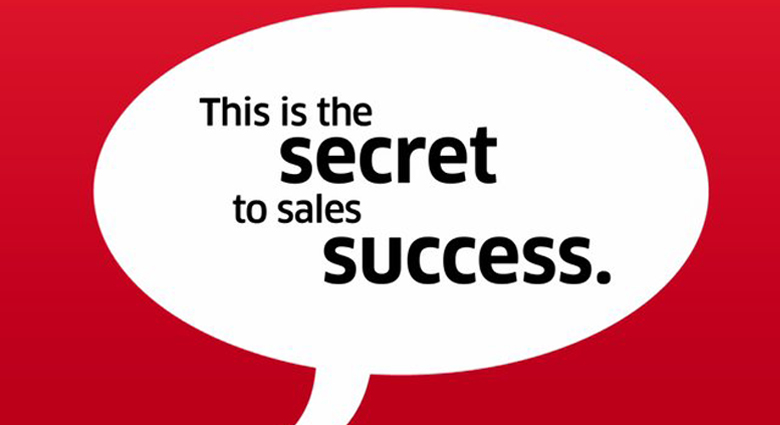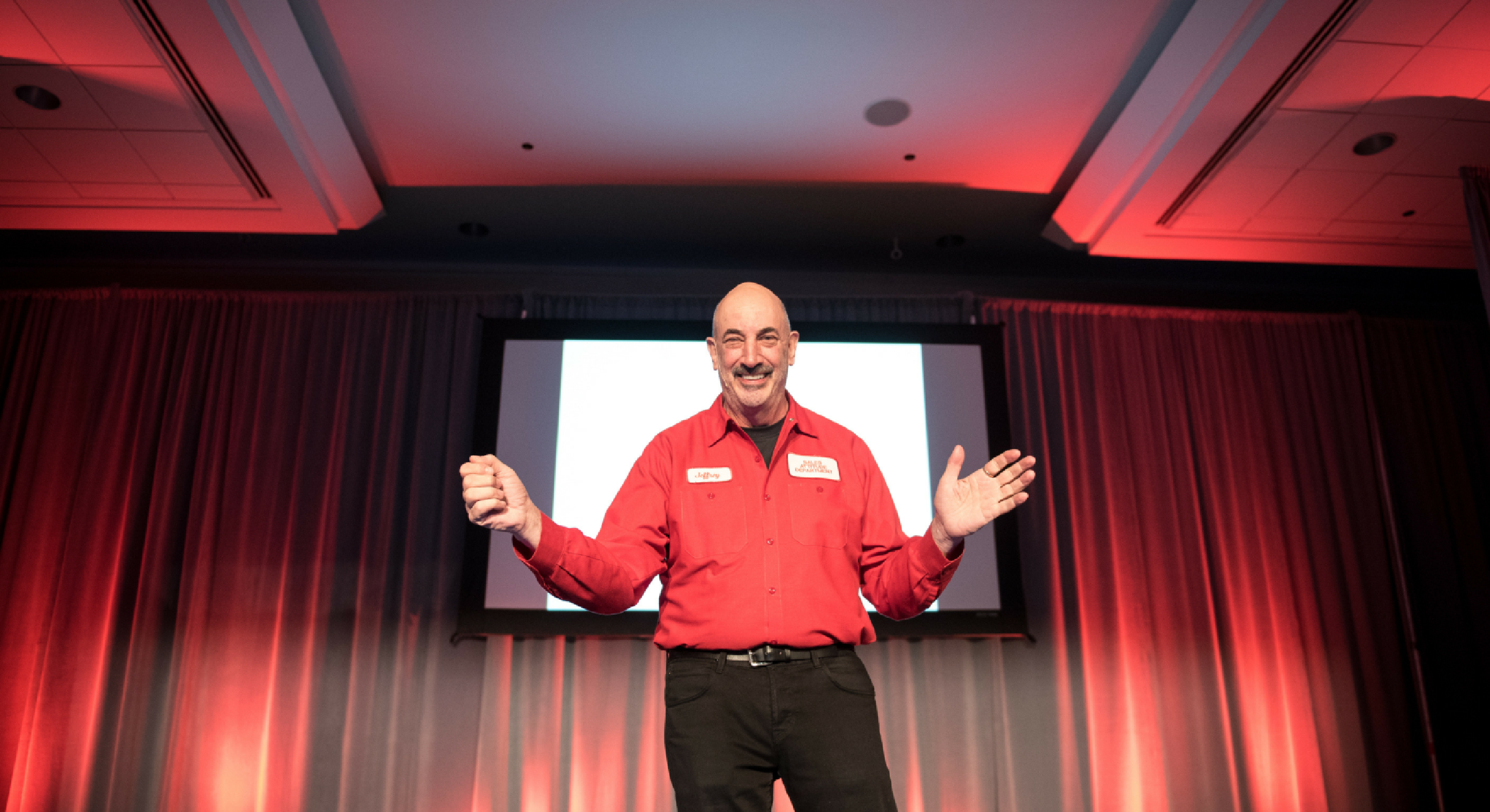Ask any sales leader how selling has changed in the past decade, and you’ll hear a lot of answers but only one recurring theme: It’s a lot harder. Yet even in these difficult times, every sales organization has a few stellar performers. Who are these people? What’s the key to their success? How can we bottle their magic so that others can improve their own performance?
To better understand what sets these successful sales reps apart, CEB launched a global study of sales rep productivity involving more than 30,000 reps across hundreds of companies around the globe.
Challengers teach their customers. Rather than focusing the sales conversation on features & benefits.
What we found may be the biggest shock to conventional sales wisdom in decades.
First, all salespeople fall into one of five statistically derived profiles. Second, one of these profiles performs dramatically better than the rest while one consistently comes in dead last. And here’s the kicker: the one that comes in last just happens to be the profile that most heads of sales are betting their entire strategy on.
Five Types of Sales Reps
Through this research we found that every B2B sales rep in the world can be placed into one of the five discrete selling profiles, characterized by a specific set of skills and behaviors that defines the rep’s primary mode of interacting with customers:
- The Relationship Builderdoesn’t want to appear pushy, focuses on customer needs and is generous with his or her time.
- The Hard Worker shows up early, stay late, and always goes the extra mile. He or she will make more calls in an hour and conduct more visits in a week than just about anyone else on the team.
- The Lone Wolf is a salesperson who is self-assured, difficult to control and follows his or her instincts.
- The Problem Solver is detail-oriented, addresses service issues quickly and places importance on post-sales follow through.
- The Challenger has a different view of the world, understands the customer’s business and pushes his or her customers to think about their business differently.
One Wins and One Loses
When we look at sales performance, there is one clear winner among these five profiles: the Challenger. CEB research revealed that Challenger reps dominate the high-performer population, making up close to 40% of star reps in our study.
What makes the Challenger approach different?
The data tell us that these reps are defined by three key capabilities:
- Challengers teach their customers. Rather than focusing the sales conversation on features and benefits, these reps use commercial insight to bring a unique (and typically provocative) perspective on the customer’s business. In fact, more than 53% of what drives B2B customers’ purchase decisions is the salesperson’s ability to teach the customers something new or challenge their thinking. These reps come to the table with new ideas for their customers that can make money or save money — often opportunities the customer hadn’t realized even existed.
- Challengers tailor their sales message to the customer. To successfully close a deal today, a sales professional must build consensus among customer stakeholders. Challengers have a finely tuned sense of individual customer objectives and value drivers and use this knowledge to effectively position their sales pitch to different types of customer stakeholders within the organization. CEB’s research shows that decision-makers care whether a given supplier has widespread support across their organization.
- Challengers take control of the sale. In the current economic environment, 80% of business is lost to no decision at all. Challenger reps are not deterred by hesitation from customers. While not aggressive, they are certainly assertive. They are comfortable with tension and are unlikely to acquiesce to every customer demand. When necessary, they can press customers a bit — not just in terms of their thinking but around things like price.
While it may be surprising that the Challenger profile is the most likely to win in the B2B sales environment, it’s almost more eye-opening who loses. In our study, Relationship Builders come in dead last, accounting for only 7% of all high performers.
Why is this?
While it would be naïve to conclude that it’s because relationships no longer matter in B2B sales, the results suggest that the nature of the customer relationship has fundamentally changed. Challengers win by pushing customers to think differently, using insight to create constructive tension in the sale. On the other hand, Relationship Builders focus on relieving tension by giving in to the customer’s every demand. Where Challengers push customers outside their comfort zone, Relationship Builders are focused on being accepted into it. While the Challenger is focused on customer value, the Relationship Builder is more concerned with convenience. At the end of the day, a conversation with a Relationship Builder is probably professional, even enjoyable, but it isn’t as effective because it doesn’t ultimately help customers make progress against their goals. In today’s world—where customers can learn on their own—the Challenger wins by bringing new insights to the table, new ideas to make money and save money that customers couldn’t learn on their own.
Not Just the “Down Economy” Sales Approach
Challengers take control of the sale.
CEB research shows that when transaction, product selling reps and complex, solution-selling reps are compared, Challengers absolutely dominate as selling gets more complex. In fact, 54% of all star reps in a solution-selling environment are Challengers. At the same time, Relationship Builders fall off the map almost entirely, representing only 4% of high-performing reps in complex environments.
Put differently, Challengers win because they’ve mastered the complex sale, not because they’ve mastered a complex economy. Challenger reps – who continued to perform through the downturn – are more than just the top performers of today. They are the top performers of tomorrow, as they are far better able to drive sales and deliver customer value in any kind of economic environment. For any company on a journey from selling products to selling solutions, the Challenger selling approach represents a dramatically improved recipe for driving top-line growth.





.png)




What Did You Think?